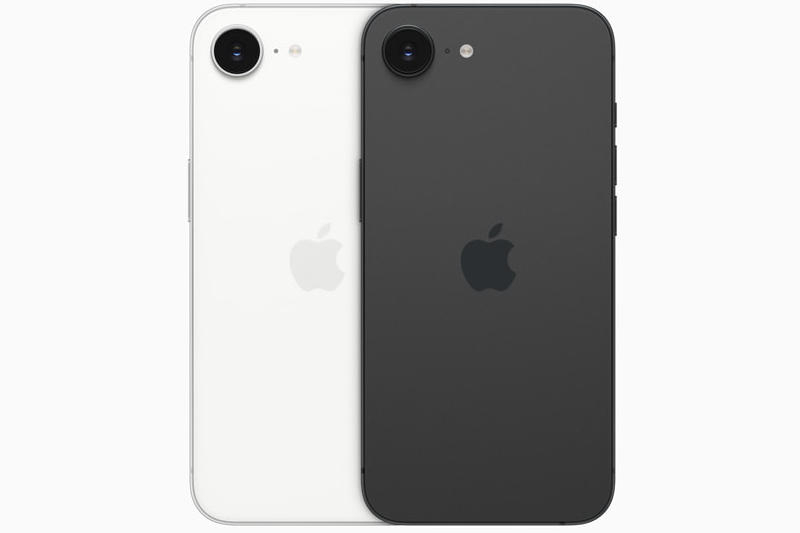The Apple iPhone 16e, announced the day before, runs on the A18 chip – in theory, this is the same processor that is used in the older iPhone 16 and iPhone 16 Plus, but a small difference between them may indicate that the manufacturer is installing binned, that is, rejected, copies of the chip on the budget model.

Image source: apple.com
Before the iPhone 16e, there were two versions of the A18. The iPhone 16 Pro and Pro Max received the A18 Pro with a six-core CPU and GPU. And the base A18 with a six-core CPU and five-core GPU is used in the base iPhone 16 line. The third member of the family, the iPhone 16e, as Apple admitted, received a chip with a quad-core GPU – already two cores less than the older A18 Pro. There is reason to believe that the A18 for the iPhone 16e is a rejected version of the base A18; similarly, the base A18 is a rejected A18 Pro.
Rejection is a quality control process in chip manufacturing. Instead of throwing away chips that don’t have all their cores performing at peak performance, the company disables those cores and honestly releases a less powerful version of the chip. Apple has used rejected chips in production products before: for example, the seventh-generation iPad mini received the A17 Pro, which has one less graphics core than the original version.
For most users, the difference in performance between the main line of phones and the iPhone 16e will be imperceptible: the processor offers a fairly high speed even in resource-intensive tasks. The main difference is in graphics processing: for comparison, the chip in the iPhone 16 Pro is about 15% faster than the basic A18. Only avid gamers or those who like to edit videos directly on the phone will notice the difference. Those who buy the iPhone 16e to replace the previous-generation model, on the contrary, will see an increase in performance – only those who previously used the current iPhone 16 or 16 Pro will feel a drop.